Salary Benchmarking in Property: Are You Paying or Earning Market Rate?
The midpoint of the year becomes a natural checkpoint for employers and professionals alike to re-evaluate salaries, benefits, and hiring strategies. In South Australia’s property sector, competitive salary packages and career progression have become key motivators for both attracting and retaining top talent.
Backed by insights from our 2025 Employment and Salary Trends Report, this article unpacks the current salary landscape across property and real estate roles in SA — and asks the critical question: Are you offering, or receiving, the market rate?
Salary Trends in South Australian Property Roles
Over the past 12 months, South Australia’s property and real estate market has shown resilience and steady growth. As demand for skilled professionals rises, salary expectations have followed suit — particularly across asset management, commercial leasing, and development roles.
Some examples of mid-range salary benchmarks include:
| Role | Salary Range (Base) |
|---|---|
| Property Manager (Commercial) | $80,000 – $100,000 |
| Residential Property Manager | $75,000 – $85,000 |
| Lease Administrator | $75,000 – $100,000 |
| Facilities Manager | $95,000 – $130,000 |
| Sales Administrator | $70,000 – $80,000 |
| Senior Asset Manager | $130,000 – $160,000 |
Note: These salary benchmarks from the national 2025 Employment and Salary report are based on insights from over 100,000 job seeker interviews, industry expertise, and market data. In the SA market they can vary based on experience, portfolio size, and sector (residential, commercial, or industrial).
66% of Employers Plan to Grow Their Teams in 2025
According to the 2025 report, 66% of property and real estate employers plan to expand their teams in the coming year. This growth is fuelled by both new development projects and continued demand for property services.
As the war for talent continues, hirers are shifting their focus beyond base salary to offer more holistic and attractive remuneration packages.
Salary Packages Are Evolving: Beyond the Base
To compete in a talent-short market, employers are increasingly sweetening offers with benefits. Here’s how hiring managers are enhancing packages in 2025:
- Bonuses – 56% include performance-related bonuses
- Work-from-home flexibility – 56% offer hybrid/remote work options
- Tech perks – 38% include a company laptop and/or phone
- Flexible hours – 36% support adaptable work arrangements
- Additional leave – 26% provide extra paid days off
- Company car – 20% include a vehicle as part of the package
- Car parking – 19% offer secure parking perks
These inclusions don’t just attract talent — they signal a commitment to employee wellbeing, work-life balance, and modern workplace culture.
What This Means for Employers
If you haven’t reviewed your salary and benefits structure in the last 12 months, now is the time. Ask yourself:
- Are your salaries aligned with current market expectations?
- Could benefits be added or restructured to make your offers more competitive?
- Are your team members at risk of being lured away by better packages elsewhere?
Salary benchmarking is not just about attracting talent — it’s also critical for retaining the high performers already on your team.
What This Means for Candidates
For professionals working in property and real estate, the current market presents opportunity. Whether you're seeking a salary increase, greater flexibility, or a better cultural fit — now is the time to assess your options.
If you're unsure what your role is worth, or how your package compares to the market, a conversation with a specialised recruiter can offer clarity and direction.
As we move into the second half of 2025, one thing is clear: employers who remain proactive in aligning with salary trends — and who invest in competitive, values-aligned packages — will be best positioned to attract and retain the industry’s top professionals.
Need help benchmarking salaries or staying up to date with current employment trends?
Request your free copy of our 2025 Employment and Salary Trends report for full salary tables and tailored property industry insights.














